Politics
A look at Nepal’s anti-corruption protests that prompted PM’s resignation
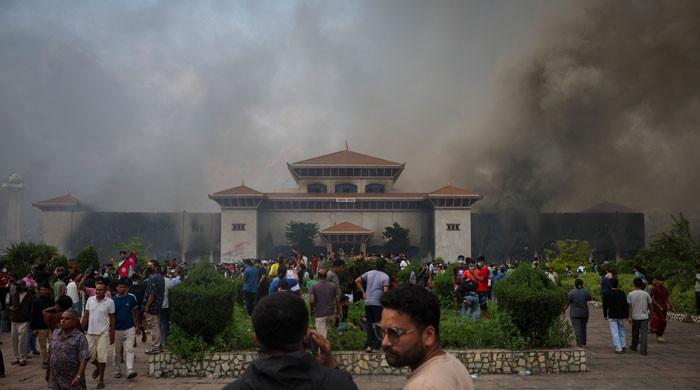
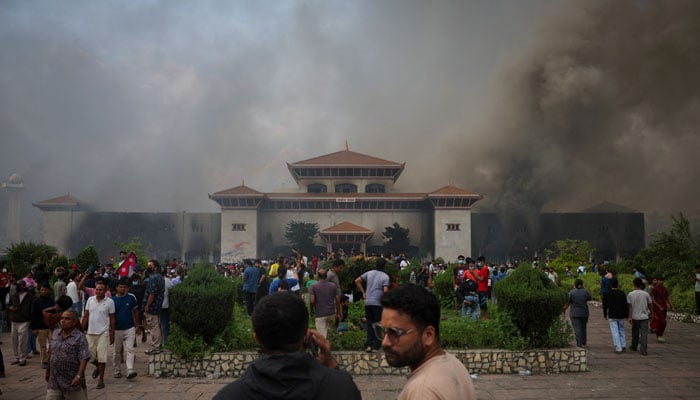
Nepal’s Prime Minister KP Sharma Oli resigned on Tuesday, hours after the country lifted a social media ban that sparked deadly anti-corruption protests.
At least 19 people were killed as security forces fired tear gas and rubber bullets to disperse the protesters on Monday.
Here is a look at what happened.
Why did protests break out?
The Nepalese government’s decision to block access to several social media platforms that missed a deadline to register with the authorities was the spark for the demonstration.
When announcing the ban last week, the government said it was cracking down on misuse of the platforms, where some users with fake IDs were spreading hatred and rumours, committing cybercrime and disturbing social harmony.
How did the situation become violent?
Organisers of the protests, who have called them “demonstrations by Gen Z”, said young people were also frustrated with what they perceived as the government’s failure to tackle corruption and boost economic opportunities.
The protests— consisting mostly of young people—many wearing school or college uniforms, began in Kathmandu but quickly spread to other cities, and police were ordered to use water cannons, batons and rubber bullets to control the crowds.
Officials in the capital city said some of the protesters forced their way into the parliament complex—where the army was also deployed—set fire to an ambulance and hurled objects at security personnel.
Protesters said they were unarmed and security forces had fired indiscriminately.
How did the government respond?
The social media ban was lifted overnight, with all apps subsequently available to users in Nepal.
Oli resigned from his post on Tuesday, citing the “adverse situation” in the country and saying he was stepping down to facilitate a solution and help resolve the issue “politically in accordance with the constitution”.
What is the situation on the ground?
Although protesters were still on the streets in some places, no violence or clashes were reported after Oli resigned from his post as security forces did not interfere to disperse crowds.
Flight services, however, remain impacted with Kathmandu airport, the Himalayan nation’s main gateway, halting operations.
Nepal’s army has urged restraint and a peaceful solution through political dialogue.
How have other countries reacted?
Nepal’s neighbour India has expressed hope that all parties will exercise restraint and resolve issues through talks.
A joint statement by embassies of Australia, Finland, France, Japan, South Korea, Britain, Norway, Germany, and the US has similarly urged “maximum restraint” and protection of fundamental rights.
Politics
Hurricane Melissa begins lashing Jamaica as ‘catastrophic’ Category 5 storm
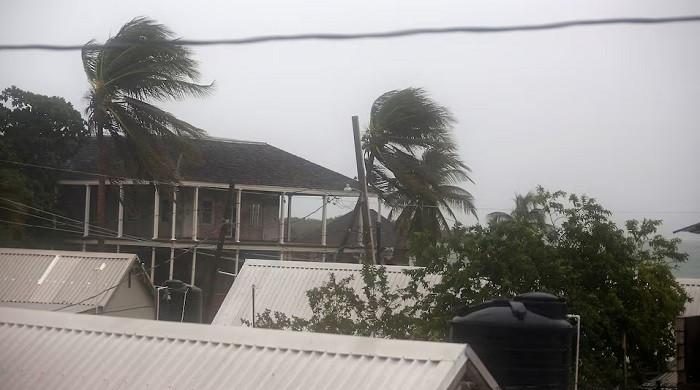
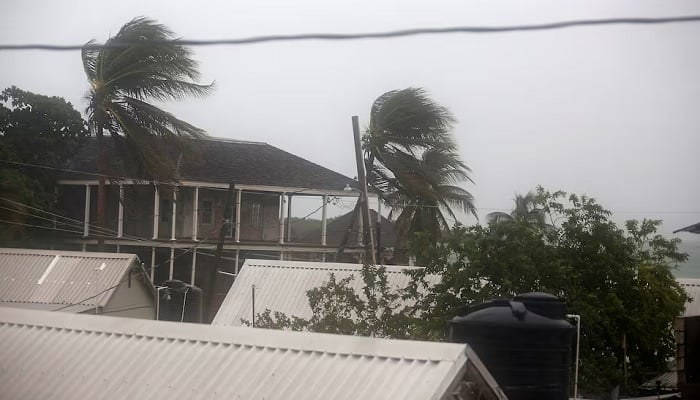
- Jamaicans, Cubans, brace for direct impact.
- Across Caribbean, hundreds of thousands evacuate.
- Four deaths reported in Haiti and Dominican Republic.
Hurricane Melissa was packing sustained winds of up to 175 mph (282 kph) on Monday afternoon, as the slow-moving Category 5 storm was on course to barrel into Jamaica, in what could be the largest on record for the Caribbean island.
As of 2pm (1800 GMT), Melissa was a “catastrophic” storm, the strongest possible on the Saffir-Simpson scale, according to the US National Hurricane Centre. The NHC expects Melissa to move over Jamaica late Monday or in the early hours of Tuesday, cross eastern Cuba the following night and move over the Bahamas and Turks and Caicos by Wednesday.
The storm’s slow movement over unusually tepid Caribbean water had contributed to its ballooning size and strength, NHC forecasters said, threatening Jamaica with days of never-before-seen catastrophic winds and as much as 3 feet of rain.
Melissa’s wind span is currently larger than the length of Jamaica, an island roughly the size of Connecticut and whose main airports sit very close to sea level.
Hours after ordering mandatory evacuations for parts of southern Jamaica, including the historic town of Port Royal, Prime Minister Andrew Holness called on foreign support and warned of damage to farmlands, homes and infrastructure such as bridges, roads, ports and airports.
Despite warnings, some residents told Reuters they were reluctant to leave their homes for fear of looting, and authorities said buses were waiting to be filled up and transport some 28,000 affected by mandatory evacuation orders.
“There is no infrastructure in the region that can withstand a Category 5,” he said.
Holness said his government was as prepared as can be, with an emergency response budget of $33 million and insurance and credit provisions for damage a little larger than those sustained from last year’s devastating Hurricane Beryl.
Beryl was the earliest and fastest Atlantic hurricane on record to reach Category 5, but scientists warn that storms are becoming stronger and faster as a result of climate change, warming ocean waters, and piling up fuel for seasonal storms.
“Tens of thousands of families are facing hours of extreme wind gusts above 100 mph and days of relentless, torrential rainfall,” said AccuWeather Chief Meteorologist Jonathan Porter, adding that infrastructure damage could hamper the arrival of aid.
“Slow-moving major hurricanes often go down in history as some of the deadliest and most destructive storms on record,” he added. “This is a dire situation unfolding in slow motion.”
Jamaica has seen many large hurricanes in the past, including Category 4 Hurricane Gilbert in 1988, but a direct hit from a Category 5 would be unprecedented, said Evan Thompson, of Jamaica’s Meteorological Service.
Melissa is moving much slower than Gilbert, Jamaica’s last major direct hit, Porter added, warning people should prepare to hunker down for days, and some communities could be cut off for weeks.
‘We can’t move’
Damian Anderson, a teacher from Hagley Gap, a town nestled in Jamaica’s soaring Blue Mountains, said impassable roads had already cut off his community.
“We can’t move,” Anderson, 47, said. “We’re scared. We’ve never seen a multi-day event like this before.”
Nearby Haiti and the Dominican Republic have already faced days of torrential downpours leading to at least four deaths, authorities in those island nations said.
In Haiti, impoverished by years of gang violence, more than 3,650 residents in the southern parts of the country moved into temporary shelters, authorities said, as they suspended flights to and from the southern peninsula and banned sailing.
Bahamian Prime Minister Philip Davis also ordered evacuations for people in the southern and eastern parts of the archipelago, while much of eastern Cuba battened down ahead of Melissa’s expected landfall.
Cuban authorities said they had evacuated upwards of 500,000 people living in coastal and mountainous areas vulnerable to heavy winds and flooding, and cancelled schools and transport across eastern Cuba.
More than 250,000 people were brought to shelters around Santiago de Cuba, the island’s second-largest city, which lies squarely in the crosshairs of the hurricane’s predicted path.
Politics
Flight delays soar past 4,300 as US govt shutdown hits Day 27
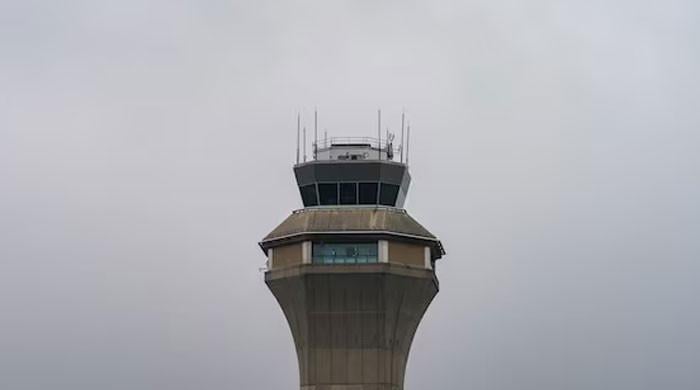
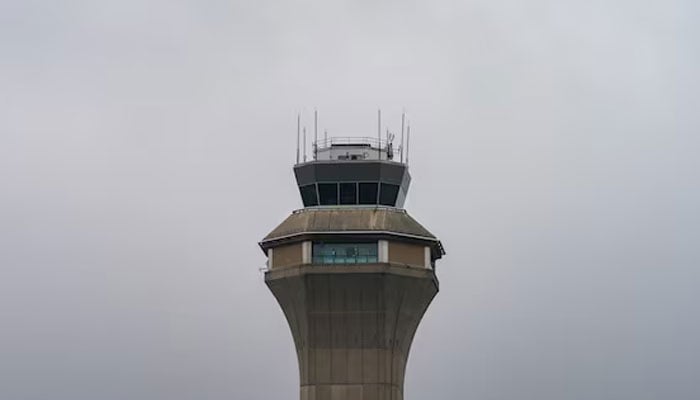
WASHINGTON: Air travel turmoil deepened with more than 4,300 flights delayed nationwide on Monday following more than 8,800 delays on Sunday, with air traffic controller absences surging as the federal government shutdown reached its 27th day.
The Federal Aviation Administration cited staffing shortages affecting flights across the Southeast and at Newark Airport in New Jersey, while the agency imposed a ground stop at Austin Airport in Texas and a ground delay program at Dallas Fort Worth International Airport that delayed flights by an average of 18 minutes.
Southwest Airlines LUV.N had 47%, or 2,089, of its flights delayed on Sunday, while American Airlines AAL.O had 1,277, or 36%, of its flights delayed, according to FlightAware, a flight-tracking website. United Airlines UAL.O had 27%, or 807, of its flights delayed and Delta Air Lines DAL.N had 21%, or 725, of its flights delayed.
Roughly 13,000 air traffic controllers and 50,000 Transportation Security Administration officers must work without pay. The Trump administration has warned that flight disruptions will increase as controllers miss their first full paycheck on Tuesday.
On Monday, Southwest had 24% of flights delayed, American 18% and Delta 13% as of 5:00 p.m. ET (2100 GMT), according to FlightAware.
A US Department of Transportation official said 44% of Sunday’s delays stemmed from controller absences — up sharply from the usual 5%.
The mounting delays and cancellations are fueling public frustration and intensifying scrutiny of the shutdown’s impact, raising pressure on lawmakers to resolve the budget impasse.
Transportation Secretary Sean Duffy was in Cleveland meeting with controllers on Monday, while the National Air Traffic Controllers Association union plans events at numerous airports on Tuesday to highlight the first missed paycheck.
The FAA is about 3,500 air traffic controllers short of targeted staffing levels and many had been working mandatory overtime and six-day weeks even before the shutdown.
In 2019, during a 35-day shutdown, the number of absences by controllers and TSA officers rose as workers missed paychecks, extending wait times at some airport checkpoints. Authorities were forced to slow air traffic in New York and Washington.
Politics
Int’l force in Gaza likely to include Pakistani troops, claims Israeli media
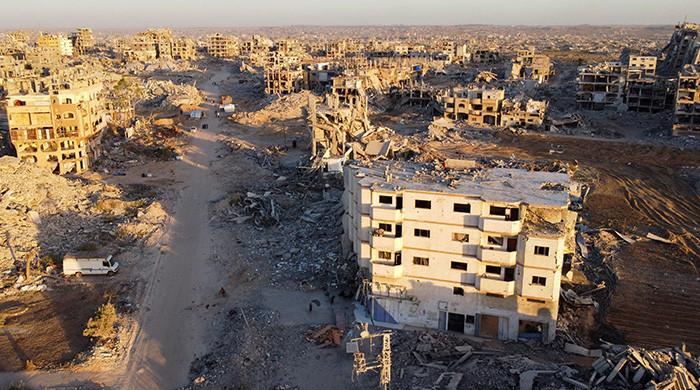
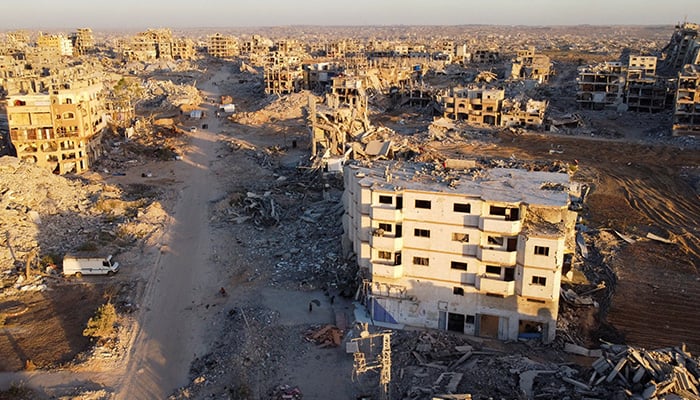
- US-backed plan aims to stabilise fragile Gaza ceasefire.
- Israel rejects Turkish troop participation under Trump’s plan.
- Netanyahu says Tel Aviv will decide which forces enter Gaza.
The Israeli lawmakers have been told that troops from Pakistan would likely be part of the international force in Gaza, alongside soldiers from Indonesia and Azerbaijan, a media report claimed.
The Knesset Foreign Affairs and Defence Committee members were told during a closed-door briefing last week, according to a report in the Ynet news site.
It further stated that a US-backed international force to stabilise security in Gaza will include soldiers from the three Muslim countries.
Furthermore, Indonesia has publicly offered to send troops for the effort, whereas Azerbaijan had also agreed to contribute soldiers, The Times of Israel reported.
US President Donald Trump’s plan includes an international force in Gaza to help secure a fragile ceasefire, which began this month, halting two years of war between Israel and the Palestinian resistance group Hamas.
Israel said earlier today that it won’t accept the presence of Turkish armed forces in Gaza under a US plan to end the war in the Palestinian territory for good.
Israeli Foreign Minister Gideon Saar said today that Israel has not surrendered its right to self-defence as part of the agreement brokered by Washington, Egypt and Qatar.
On Sunday, Israeli Prime Minister Benjamin Netanyahu said that Tel Aviv would decide which foreign forces to allow in Gaza.
But it remains unclear whether Arab and other states will be ready to commit troops to the international force.
While the Trump administration has ruled out sending US soldiers into the Gaza Strip, it has been speaking to Indonesia, the United Arab Emirates, Egypt, Qatar, Turkey and Azerbaijan to contribute to the multinational force.
— Additional input from Reuters
-

 Tech1 week ago
Tech1 week agoHow to Protect Yourself Against Getting Locked Out of Your Cloud Accounts
-

 Tech1 week ago
Tech1 week agoThe DeltaForce 65 Brings Das Keyboard Into the Modern Keyboard Era—for Better or Worse
-

 Business1 week ago
Business1 week agoGovernment vows to create 400,000 jobs in clean energy sector
-

 Business1 week ago
Business1 week agoDiwali 2025: Gold & silver likely to consolidate next week; Here’s what analysts said – The Times of India
-

 Tech1 week ago
Tech1 week agoGemini in Google Home Keeps Mistaking My Dog for a Cat
-

 Fashion1 week ago
Fashion1 week agoEgypt’s apparel exports rise 25% in H1, trims US market reliance
-

 Fashion7 days ago
Fashion7 days agoChinese woman charged over gold theft at Paris Natural History Museum
-

 Fashion1 week ago
Fashion1 week agoReal UK GDP grows 0.3% QoQ in quarter to Aug 2025: ONS






